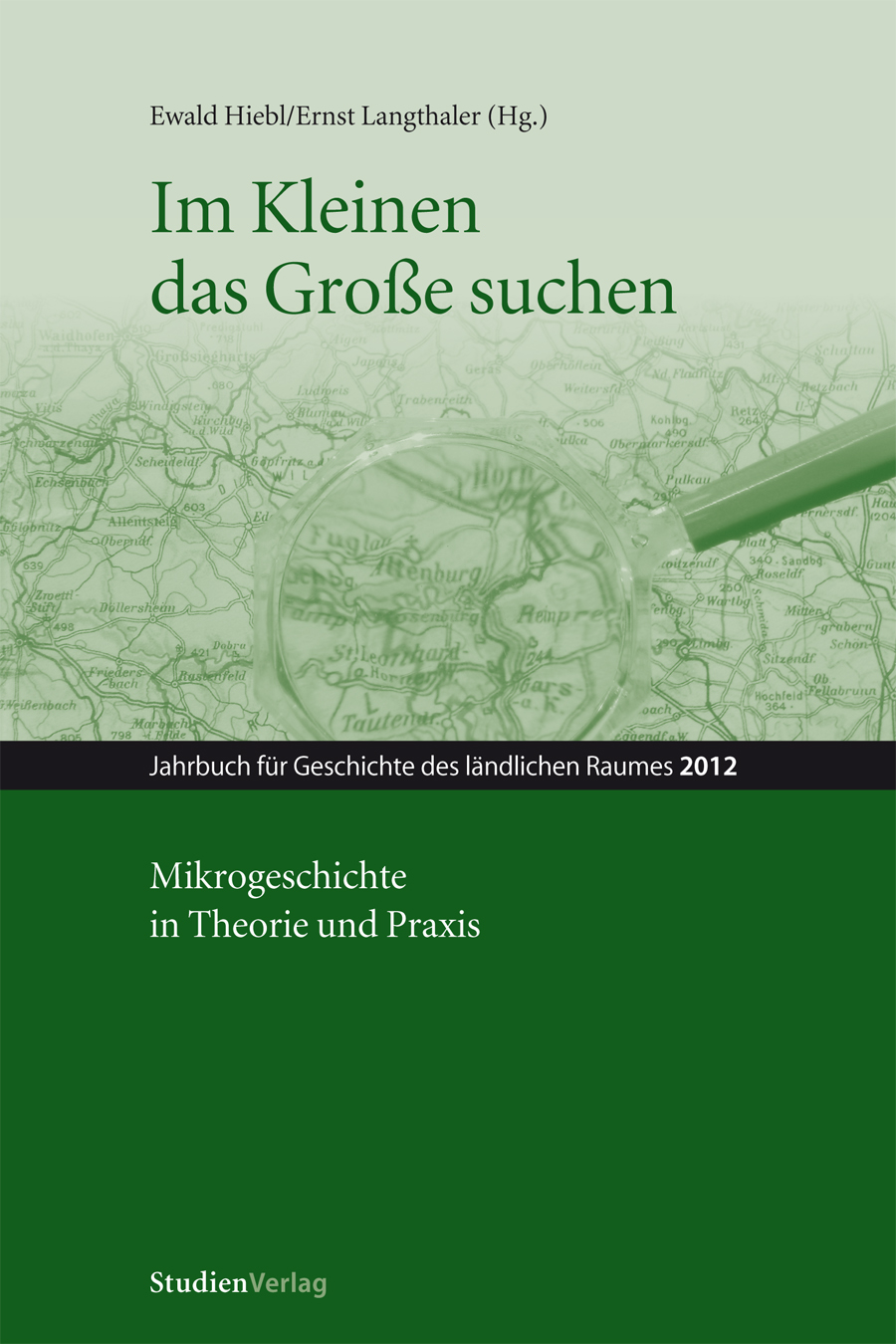Ein Dorf in Aufruhr – widerständiges Handeln als kollektive Praxis?
DOI:
https://doi.org/10.25365/rhy-2012-15Abstract
At the end of 1942 in the Slovenian-speaking communities of Bad Eisenkappel-Vellach/ Železna kapla-Bela and Zell/Sele in Carinthia, a mass arrest of about 200 men and women took place. Nazi authorities believed these people to be supporters of the resistance. On April 29, 1943, twelve men and one woman were executed in Vienna. According to the collective memory, these people were the only victims from the village because of their resistance to the Nazis. There were, however, more than 40 men and women who lost their lives in concentration camps. Their resistance against the Nazi regime is now forgotten, because they are seen as victims of Nazi persecution. This article investigates the different kinds of resistance within one village, e.g. the cooperation between the Catholic opposition and the Communist resistance. It shows how the memory of these events continued after the war and how it changed according to the bilateral relations between Yugoslavia and Austria, the climate of the Cold War, the national conflict in Carinthia and the revision of history in Slovenia since 1991.


